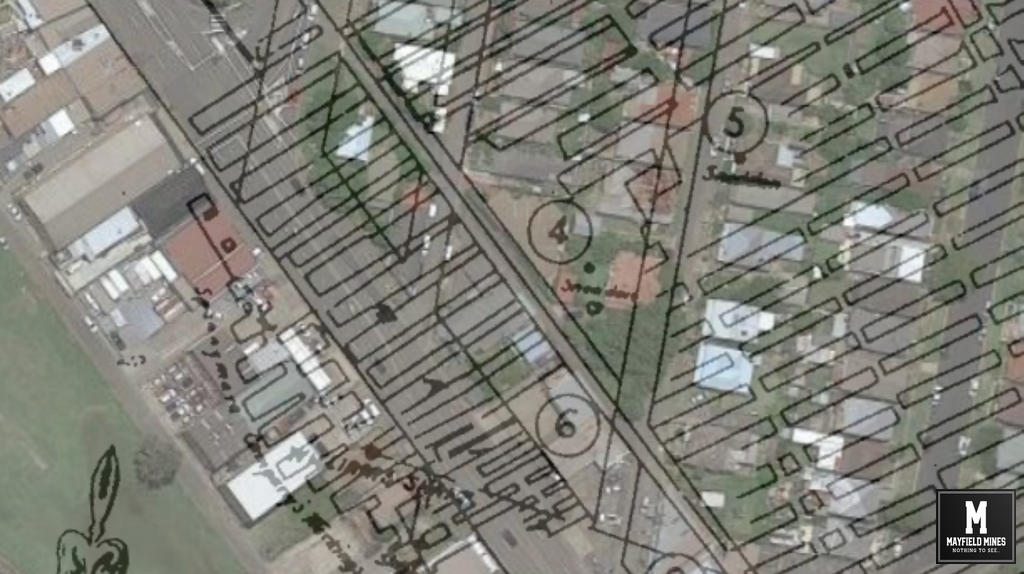Before we explain our current situation, its important to understand the historic legacy mines in our area. With the great help of the Royal Commission into Collieries document, I will be quoting word for word abstracts. Later, I will use current day reports and evidence to match with historical data.
The Royal Royal Commission into Collieries 1886 was initiated because of the Lithgow Valley and Ferndale Colliery disasters and a near disaster at Maryville Colliery in 1886. With regards to Ferndale Colliery (the major colliery in the Tighes Hill region), on the 18th March 1886 a miner drowned and “water had flooded the mining plant and works as well as adjacent small collieries and were irretrievably lost”.
Below from the report;
“At the present moment the summit and sides of this ridge present a scene of confusion, caused by innumerable pit-falls, denoting where attempts have been made to remove the small-sized pillars of coal that supported the roof.
The Maitland Road crosses the southern margin of Tighe’s Hill. Under it the coal-seam measures 16 feet in thickness, and is found under the surface at a similar depth.
The coal has been worked from under this road, but the thin pillars have not been removed, and these at present form its sole support. Towards the west (opposite Bevan’s and Spennymoor* ) the coal crops out under the creek, and has been worked to within a few feet of its tidal waters.
The pillars that maintained the integrity of the surface have subsequently been removed, and the water has obtained access to the workings, and rises and falls every tide.”
* Spennymoor is the colliery that Professor Fityus referred to in his Legacy Mines report 2020 as being the workings underneath our properties.
